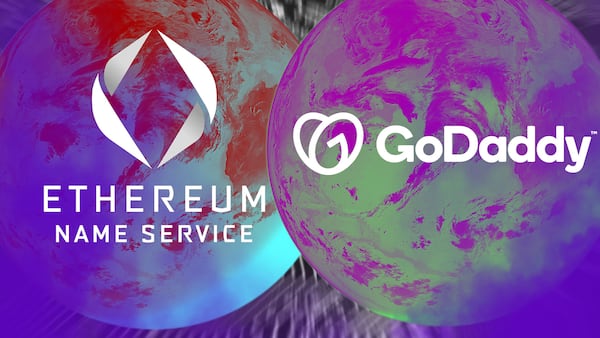- Morpho has overtaken Compound in total value borrowed on Ethereum.
- The novel approach of matching borrowers and lenders peer-to-peer offers attractive rates for Morpho borrowers.
Morpho has just surpassed incumbent lending protocol Compound on Ethereum in the total value of borrows. In terms of total value of crypto assets deposited, however, Morpho still has an uphill battle against Aave and Compound.
Morpho crossed $903 million in total value borrowed on February 7, surpassing the $865 million in total value borrowed on Compound, according to data from DefiLlama.
Since its inception, DeFi lending has been dominated by two protocols — Aave and Compound — which operate similarly to one another.
Users deposit funds into a lending market that other users can then borrow from, for a fee. Morpho operates similarly, but it also matches users peer-to-peer when possible, offering better rates for both borrowers and lenders.
Although Morpho tops the total borrow value chart, the protocol sits at the sixth spot for the top lending protocols by total value of crypto assets deposited.
Aave currently has over $7 billion total crypto assets, and Compound has over $2.2 billion, while Morpho still only has $1.6 billion.
What makes Morpho different
Generally with lending protocols, lenders will deposit their assets into a lending market from which users can borrow from.
Although that method is popular, one disadvantage is that all that money deposited in a lending market sits idly, meaning a majority of the capital in these pools is not actively lent out, therefore, it is not generating yields.
Morpho is built on top of Aave and Compound so it can take advantage of the same rates and assets within either protocol. But, it also tries to match users peer-to-peer to reduce the amount of idle capital and provide more attractive borrowing rates.
When a peer-to-peer match cannot be made, it simply routes to the underlying lending markets; Aave or Compound.
This creates a scenario for Morpho users where at worst they will receive the same rates they would as using a conventional lending market, or at best, they receive the improved peer-to-peer rate.
The rates for DAI, a popular stablecoin, on Compound are 5.75% for lenders while borrowers pay 8.34%. On the other hand, the rate for borrowers and lenders when matched peer-to-peer on Morpho is 6.61% which is better for both parties.
Although it may not seem like a big increase, for investors with a lot of money often called whales, these percentages can mean a lot. If a user opened a $10 million loan for stablecoin DAI and held it for a year, they would save over $173,000 by using Morpho.
Users are also rewarded with MORPHO tokens, but these tokens are strictly used for governance as they cannot be traded.
These tokens may hold financial value in the future, as the Morpho documentation states that token holders may vote to enable trading at any point.
Ryan Celaj is DL News’ New York-based Data Correspondent. Reach out with tips at ryan@dlnews.com.




